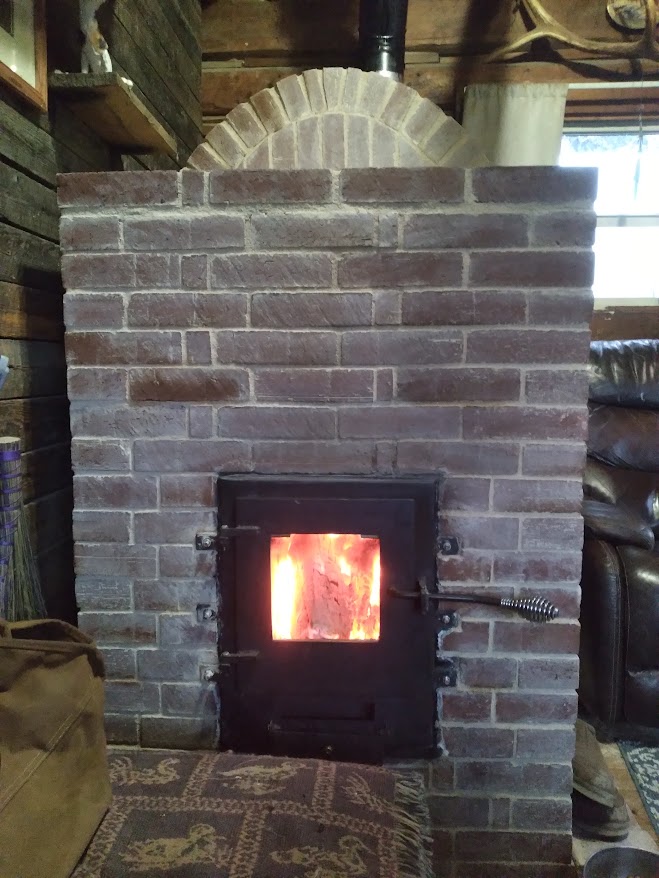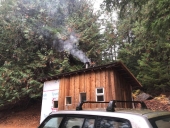
 9
9




 8
8





 17
17





For all your Montana Masonry Heater parts (also known as) Rocket Mass heater parts.
Visit me at
dragontechrmh.com Once you go brick you will never go back!
 4
4








 9
9




For all your Montana Masonry Heater parts (also known as) Rocket Mass heater parts.
Visit me at
dragontechrmh.com Once you go brick you will never go back!

 2
2




thomas rubino wrote:
It utilizes a unique airframe that supplies fresh air to the top and upper sides of the batchbox rather than the air coming in from the bottom like all other wood burners.
This airframe allows the use of a door with a large window, (mine is 7x7)
Proudly presenting RocketMassHeaters.com
A good starting point to all RMH research
How Permies.com works




 3
3




For all your Montana Masonry Heater parts (also known as) Rocket Mass heater parts.
Visit me at
dragontechrmh.com Once you go brick you will never go back!
 3
3




thomas rubino wrote:Hey Eloise;
A first-generation batchbox would be the most familiar to a box stove operator.
Nothing special about lighting one, all mass heaters start super easy once the mass is warmed for the season.
One catch would be that to hold your heat overnight, the air intakes need to be closed.
Your friendly neighbor would want to come by to shut it down in the evening.
If your stove has a bypass gate, it must be easily identified and have a clear open and closed operating position that your neighbor is aware of.
They must understand there is no damping a mass heater down, these stoves run wide open all the time until it coals and then the air intakes are closed to keep your heat from drafting out the chimney overnight.
De-fund the Mosquito Police!
Become extra-civilized...

|
It is no measure of health to be well adjusted to a profoundly sick society. -Krishnamurti Tiny ad:
The new gardening playing cards kickstarter is now live!
https://www.kickstarter.com/projects/paulwheaton/garden-cards
|








